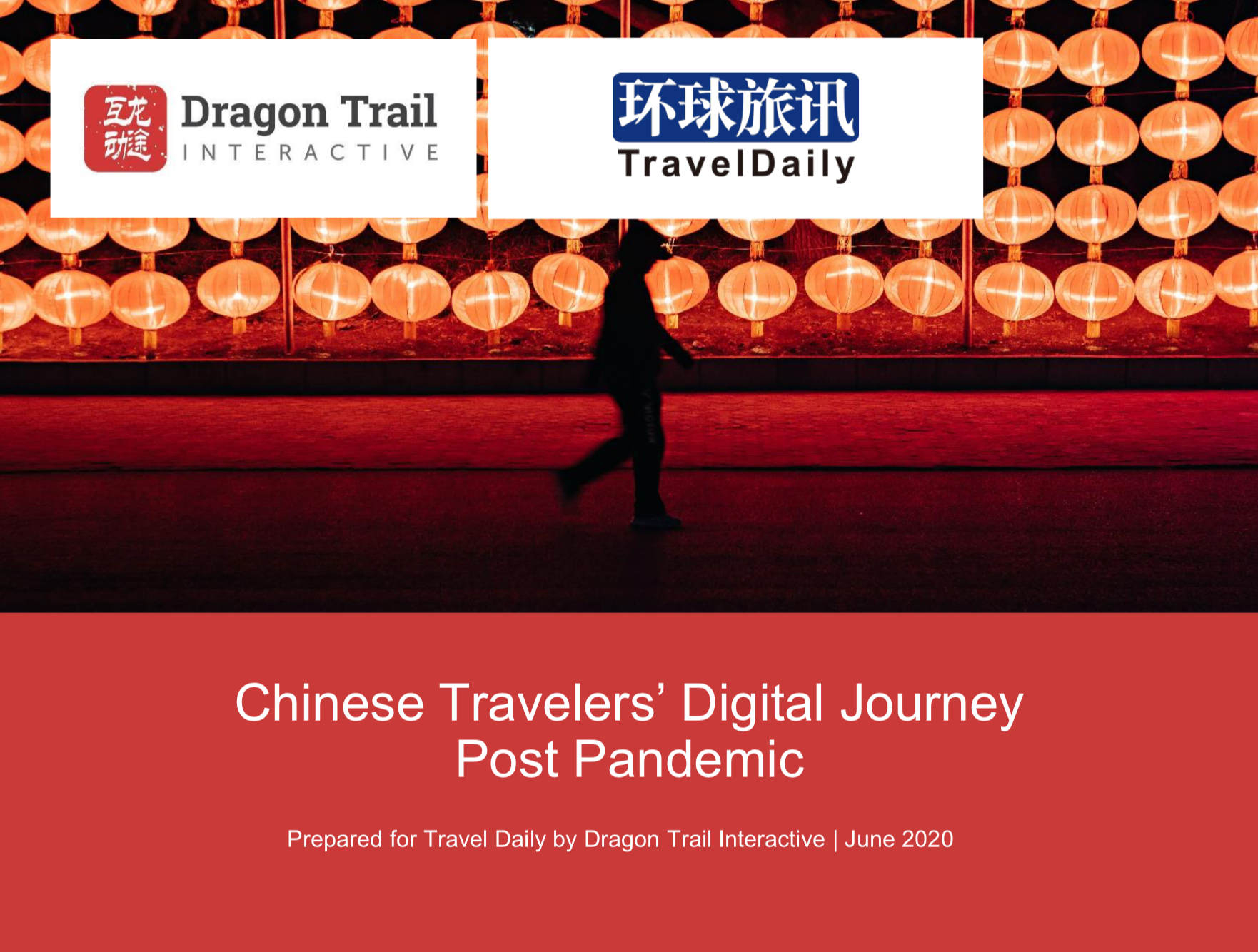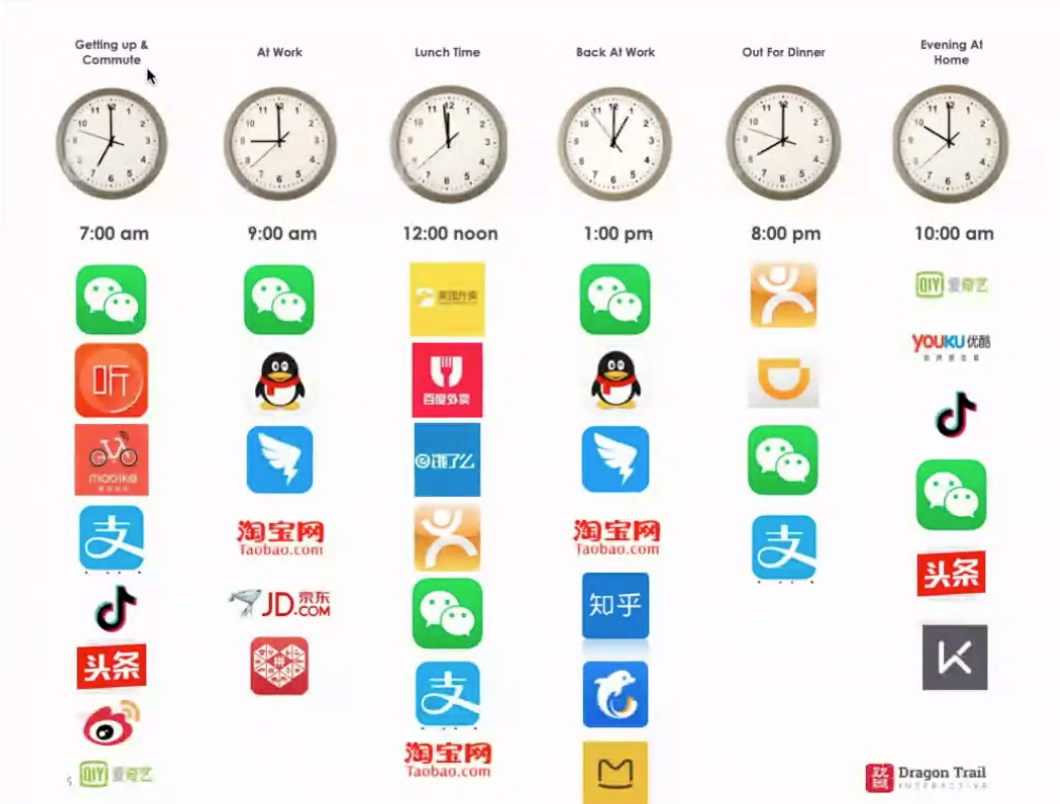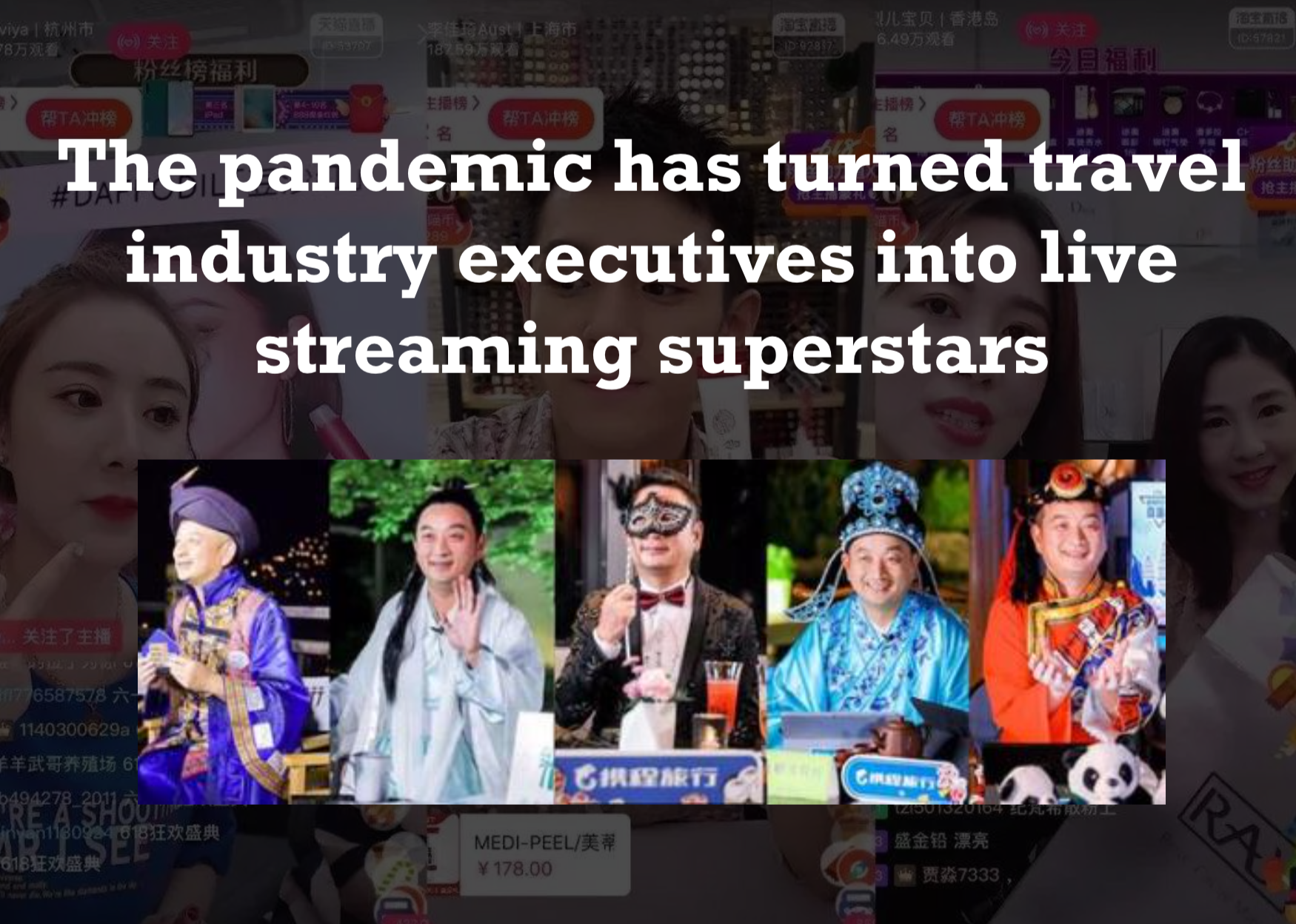 Dragon Trail Interactive and Chinese media company TravelDaily have jointly hosted a webinar titled The Chinese Traveller’s Digital Journey Post-Pandemic, giving insight into the transformation of China’s growing social marketplace.
Dragon Trail Interactive and Chinese media company TravelDaily have jointly hosted a webinar titled The Chinese Traveller’s Digital Journey Post-Pandemic, giving insight into the transformation of China’s growing social marketplace.

During the webinar, Dragon Trail Interactive CEO George Cao gave an overview of the pre-pandemic digital landscape in China and highlighted some standout travel marketing initiatives used during the lockdown period. He also predicted how Chinese travellers’ digital journeys will transform after COVID-19 and how businesses can capitalise on the changes.
As reported, China’s offshore duty free business continues to lead the recovery of the wider travel retail industry. Research by Morgan Stanley notes that the duty free market in China is set to double by 2025 in the wake of burgeoning ecommerce activity and the rapid growth of Hainan’s offshore duty free business.
The importance of Hainan’s duty free trade was further emphasised with the announcement of China’s ambitious vision for the Hainan Free Trade Port. The plan — which was unveiled during an online European Chamber webinar attended by The Moodie Davitt Report — outlined the authorities’ determination to open the Hainan economy to global multinational enterprises, including the duty free and luxury industries.
Pre-pandemic digital consumer trends in China
According to Cao, China’s pre-pandemic digital landscape offered plenty of variety and was saturated with many players. The market was highly susceptible to change; Chinese customers made purchasing decisions based on word of mouth and were often prone to abandoning older platforms for newer versions. He said: “A few years ago, Alipay was the most popular mobile payment application. However, customers switched to WeChat Pay, which now dominates 40% of the market.”
Some of China’s most popular applications and social platforms include WeChat, Sina Weibo, Douyin, Kuaishou, and Xiaohongshu. Each platform is used for a myriad of functions and can be leveraged to seize lucrative commercial opportunities for the tourism and travel retail industries.

China’s digital landscape is mobile-driven. The country has over 788 million smartphone users, with over 98% using mobiles over desktops. The average Chinese internet user flits between 15.5 apps and social platforms on their phones every day.
Prior to COVID-19, China was seeing a video boom, buoyed by the rising popularity of short-video platforms such as Douyin and Kuaishou.
78.2% of China’s online population used short-video platforms at the beginning of 2019, which rose to 96% by June of the same year. According to Cao, 821 million people in China spend at least 58 minutes each day consuming video content on their mobile phones. These have combined to lead to the rise of China’s lucrative live-streaming industry.

The rise of live streaming
Cao highlighted live streaming as one of the most important digital trends that emerged during the crisis. In China, there are 560 million live stream viewers, encompassing 62% of all internet users in the country. The trend skyrocketed during lockdown, with live stream ecommerce sales projected to reach US$14 billion in 2020 (up from US$4.4 billion in 2018).
Taobao’s live-streaming ecommerce platform grew by +110% in February, while Tencent’s live streaming bandwidth increased by +500% in the first six months of 2020. Professional live streamer ‘Lipstick King’ Li Jiaqi helped generate US$136 million worth of lipstick sales in February.


The live-streaming trend has also been adopted by Chinese celebrities and CEOs. Gree Electric CEO Dong Mingzhu reached almost US$100 million in sales during her company’s live-streaming event on 1 June; while tech entrepreneur and KOL Luo Yonghao produced US$17 million in his first live-streaming event. Trip.com Chairman James Liang — who has now become a live-streaming celebrity in China — has sold over 520,000 hotel room night stays across 11 live streams since March.

Cao added that while live-streaming offers plenty of opportunities for businesses to explore, not every live stream can be a commercial success. “Truly successful live streams are carefully orchestrated to achieve significant results,” he said. “Creating interactive and proactive sales processes and offering popular, high-quality products at discounted prices can greatly help conversion too.”
How COVID-19 changed the Chinese traveller’s online journey
Before the COVID-19 crisis, the traditional digital customer journey began with inspiration, research & planning, followed by booking, interaction with providers, consumption of products and services during the trip, and then sharing the trip online. In China’s case, each step of the customer journey is determined by different sets of applications and social platforms.

According to Cao, this journey has been completely transformed by the global health crisis. Today, it is now characterised by virtual experiences such as online exhibitions, augmented reality and live-streaming.
Crucially, the post-pandemic customer journey collapses the long process of awareness building, inspiration, evaluation and purchasing into a single event. Products are purchased before the research phase, leading to several challenges and limitations in planning.
This ‘buy first, use later’ concept is best exemplified with the rising popularity of travel coupons in China. In the near term, this poses several complications for travel companies and customers, due to ever-changing travel bans and restrictions.
Cao predicted that digital will become more prominent in the travel planning process, and highlighted the role of mobile tools and platforms, particularly video streaming. He also stressed the importance of understanding the data for these new trends.
The expectation for contactless services post-pandemic will also change in-destination experiences significantly, said Cao. He added that most consumer journeys for travel will now be primarily completed through lifestyle and ecommerce platforms.

How can retailers respond to the changes?
Cao concluded the webinar by stressing the importance of choosing the right platform to navigate China’s growing social ecommerce ecosystem. Customer research is key and leveraging data will help companies understand the changes in China’s ever-changing digital landscape and control the consumer journey in a more efficient way.












